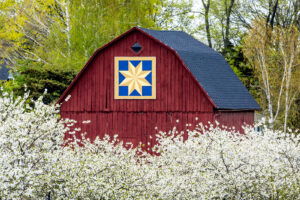
Mason County Barn Quilt Trail
The Barn Quilt Trail, highlighting the lost art of barn decor, is one of four trails that comprise the Mason County Cultural Trails.
Photo by Todd & Brad Reed Photography
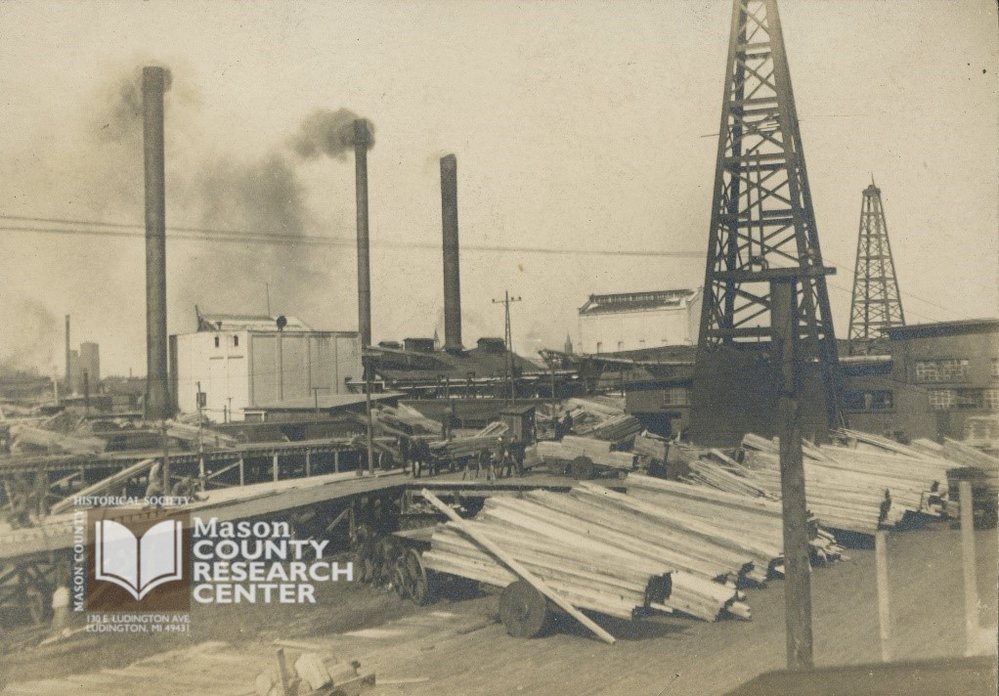
The Salt Industry began here when sawmill owners discovered massive underground brine wells. Ludington soon became one of America’s top salt-producing cities.
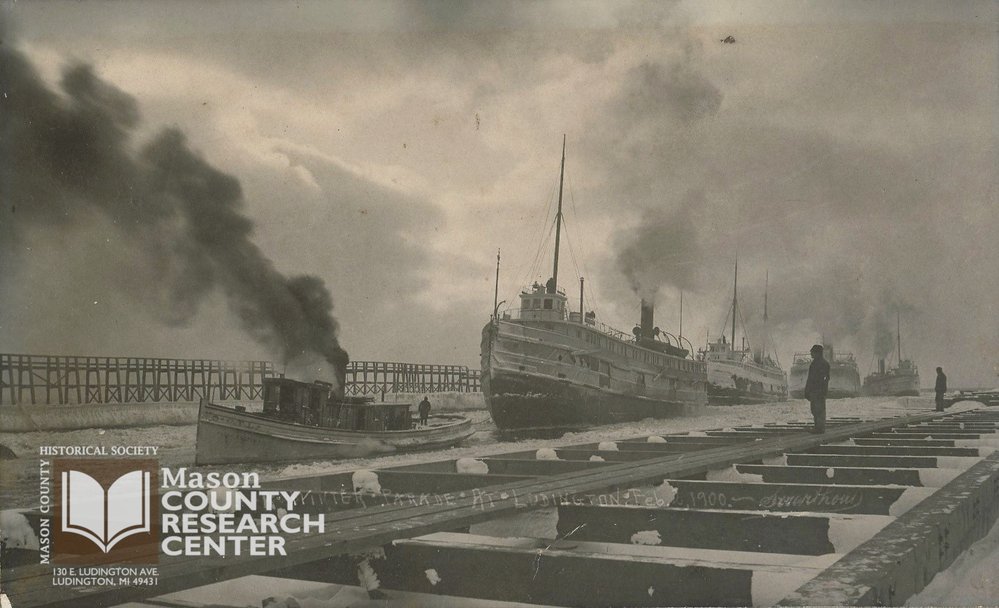
Built for the lumber industry, it later served the salt, sand, and chemical industries and established Ludington as a major Great Lakes port.
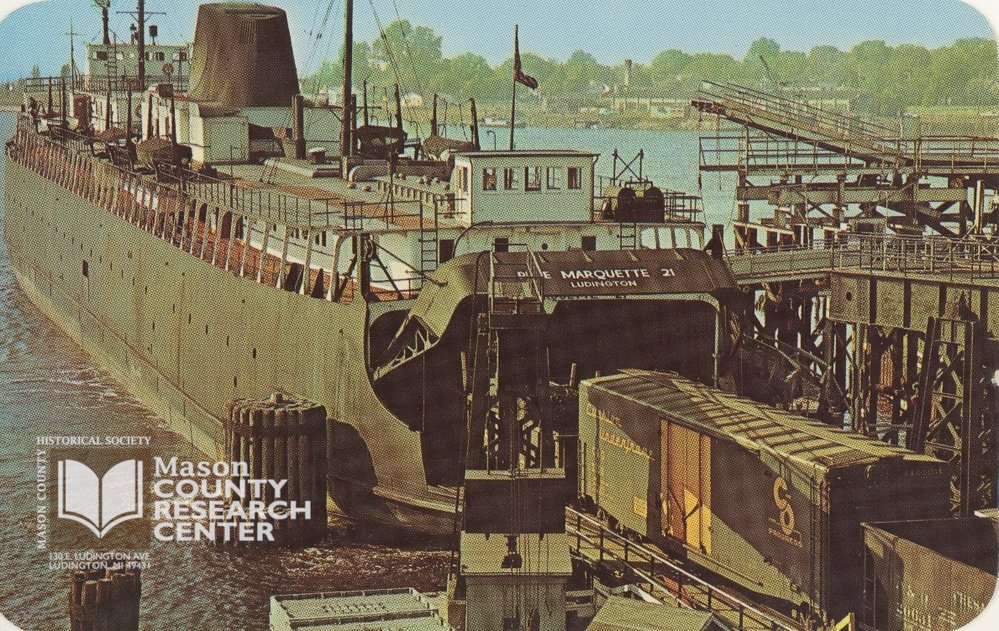
The Carferries were initiated in 1896 at Ludington by the F&PM Railroad. Today, Lake Michigan Carferry Service carries on that tradition with the Badger.
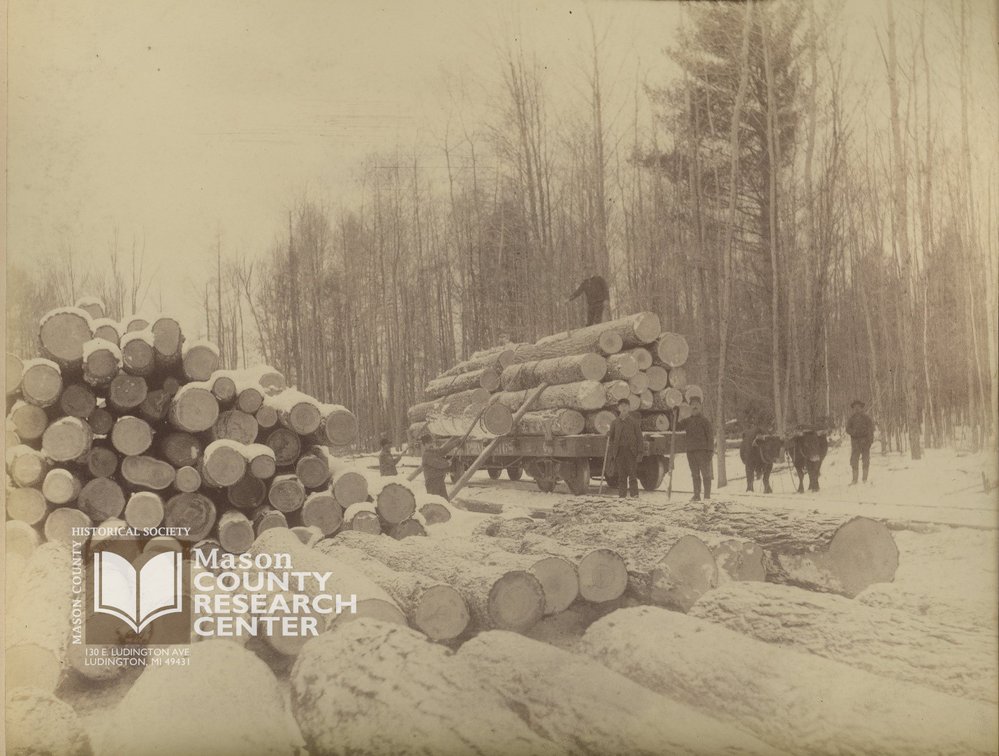
The Lumbering Era flourished in Ludington with nine sawmills using the river to move cut trees from vast inland pine forests and Lake Michigan to ship out milled lumber.
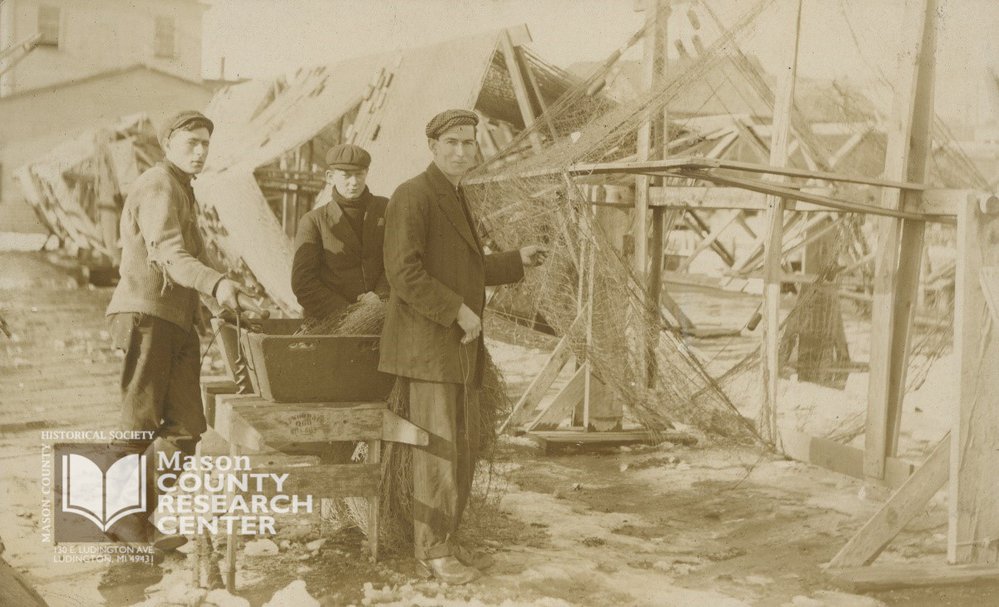
Commercial Fishing began here in the late 19th century, and the area later became one of the Lake Michigan’s most popular sport fishing destinations.
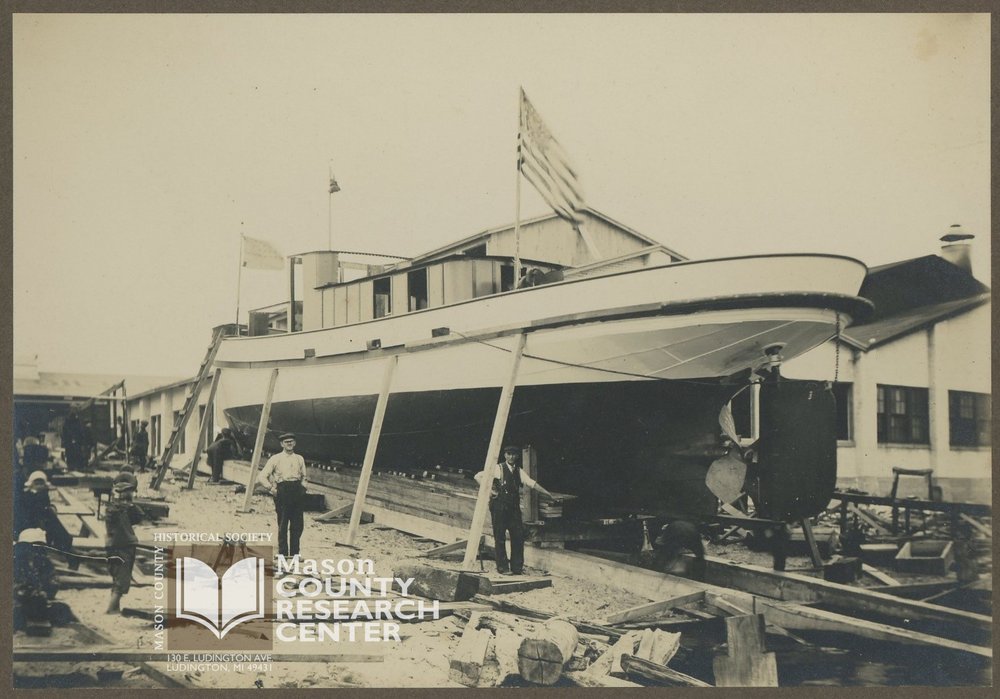
The Shipbuilding Industry began here with the first schooner built in 1869. Local shipbuilders produced over 50 commercial vessels and dozens of pleasure boats.
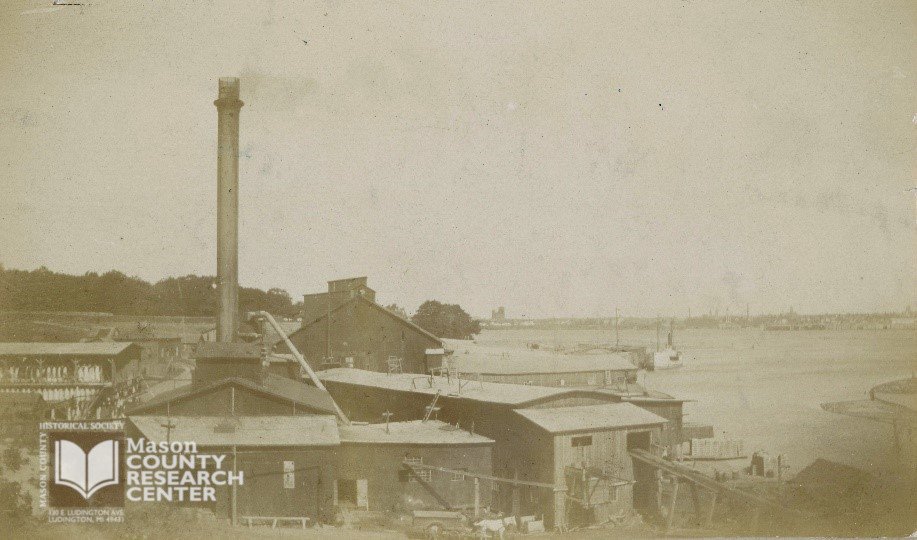
Ghost Towns were all that remained on the Buttersville Peninsula after the pine forests were depleted and lumber industry workers and fishermen relocated.
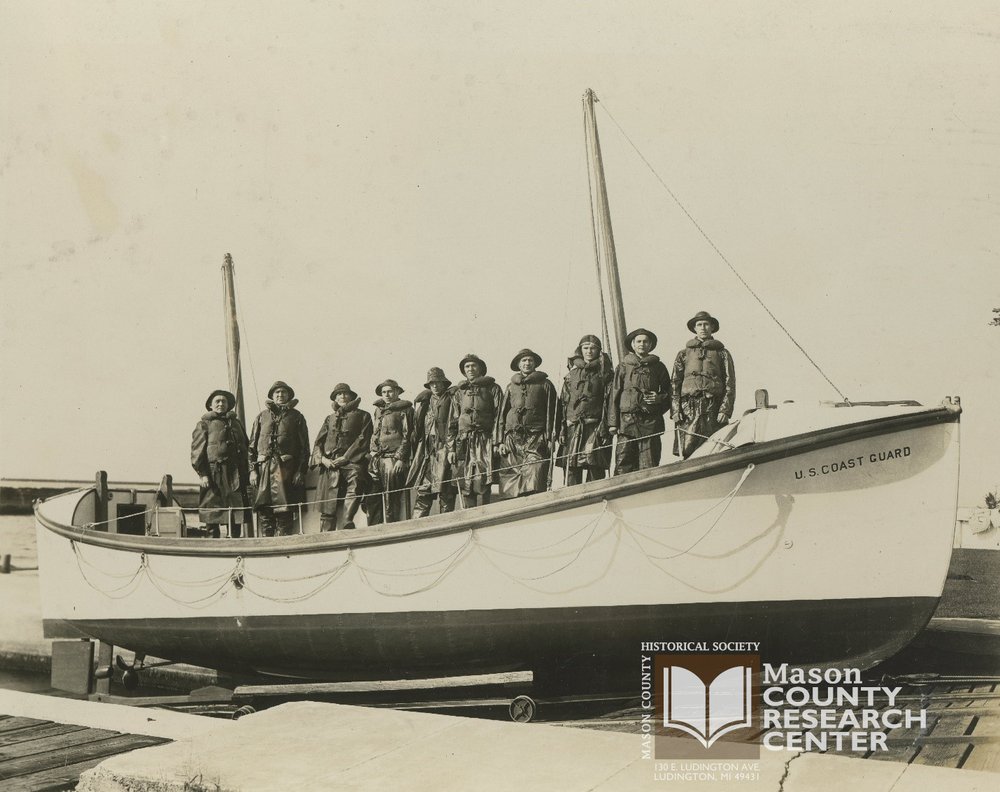
The Station Fleet, consisting of eight different life saving vessels, including the beloved 44-foot motor lifeboat, operated for 70 years at the 1934 Coast Guard Station.
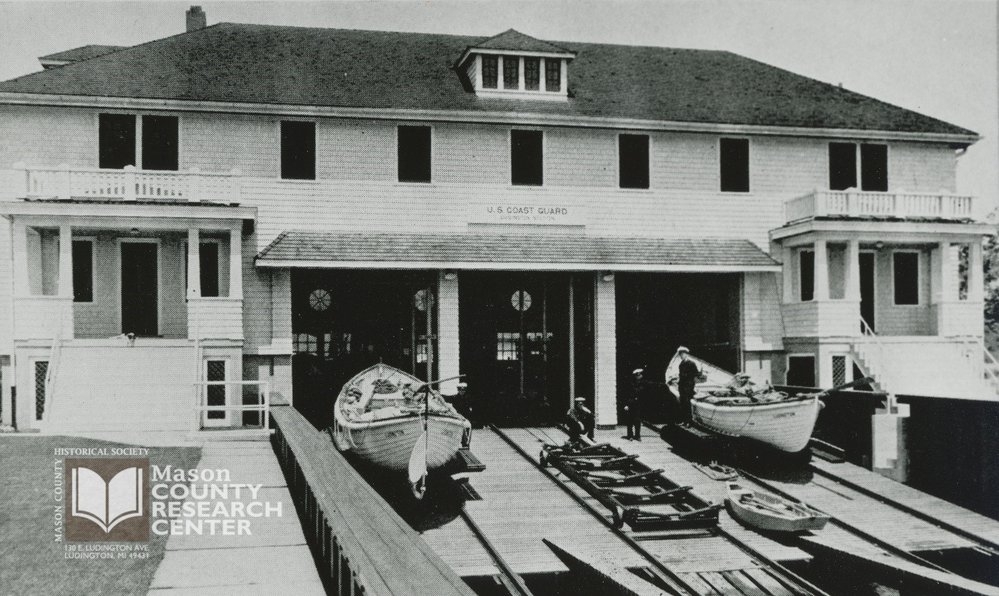
The Station Boat Launch originally allowed rescue vessels, including the beloved 44-foot motor lifeboat, operated for 70 years at the 1934 Coast Guard Station.
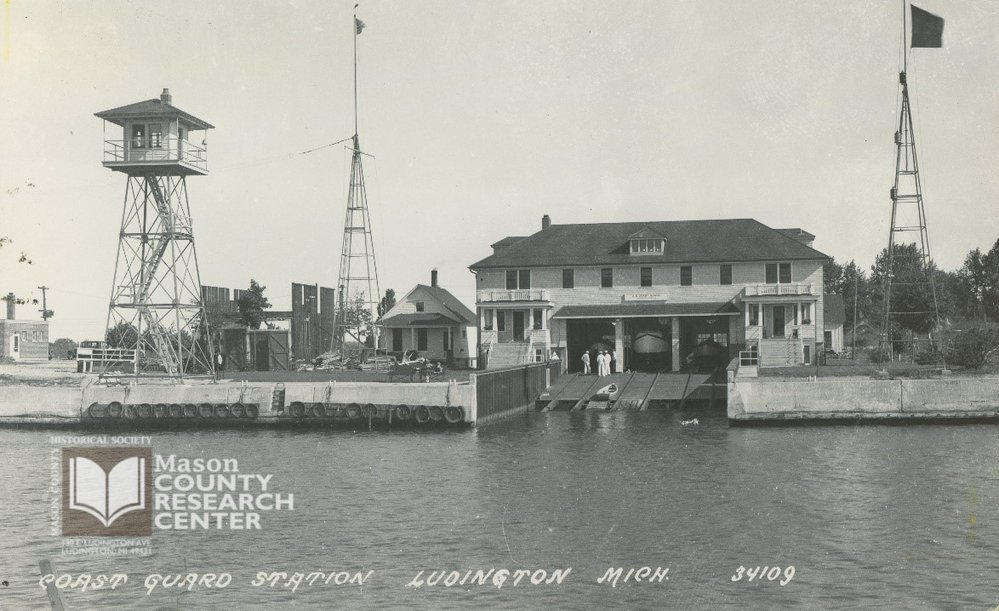
The 1934 Coast Guard Station, built during the Great Depression, was critical to serve and protect the year-round carferry operation at Ludington.
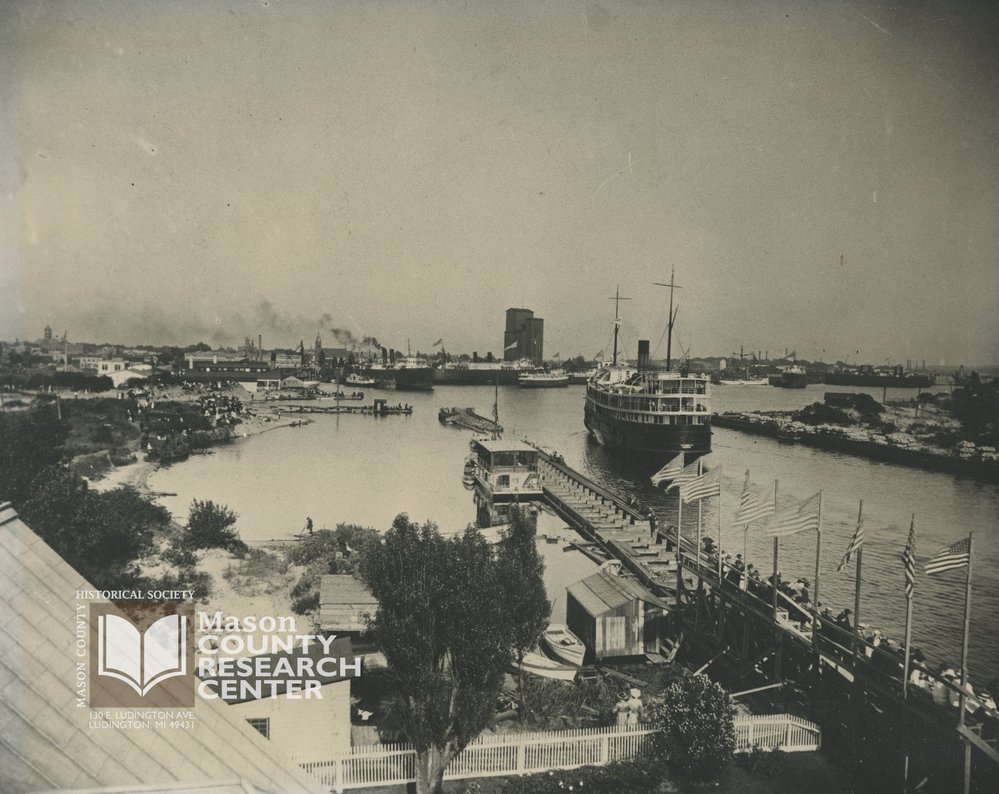
Developing the Harbor began in 1860 to give vessels access into Pere Marquette Lake for efficient shipment of lumber. By 1914 improvements made it a harbor of refuge.
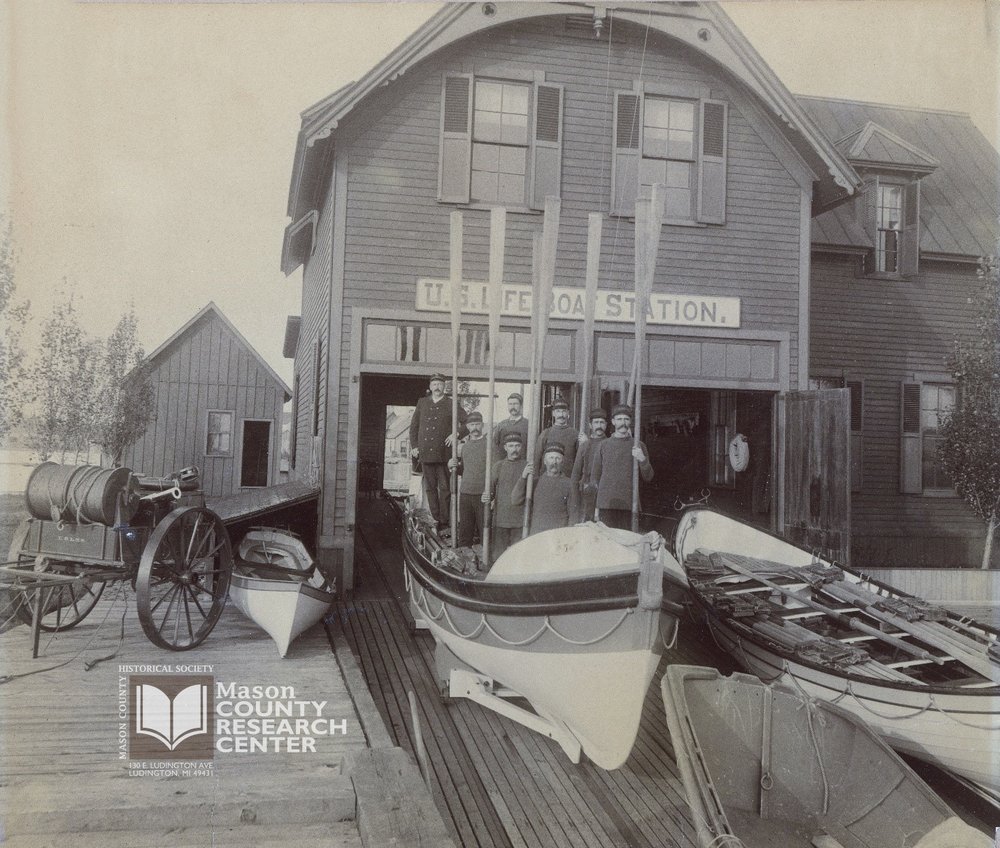
Built in 1879 on the channel’s south side, was later relocated to the north side, then transferred to the Coast Guard in 1915 and used until 1934.

The Barn Quilt Trail, highlighting the lost art of barn decor, is one of four trails that comprise the Mason County Cultural Trails.
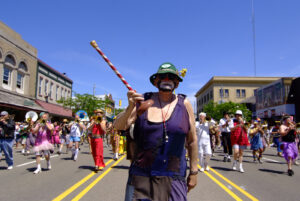
The Music Heritage Trail will take you from Idlewild to Baldwin and from Scottville to Ludington as it explores the historic music scene!
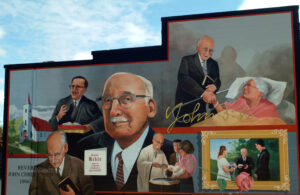
Within the downtown Ludington region, several murals grace the façades of local area businesses, telling stories of the area’s rich history.
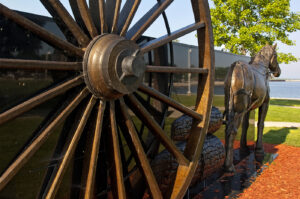
The Lumber Heritage Trail, highlighting Mason County’s rich lumbering history, is one of four that comprise the Mason County Cultural Trails.
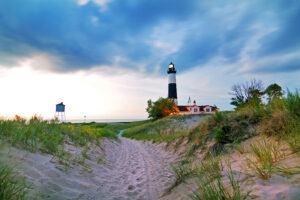
Discover all of the different trails and tours that Ludington has to offer! Discover a water path, hiking trail, or an art work stop!
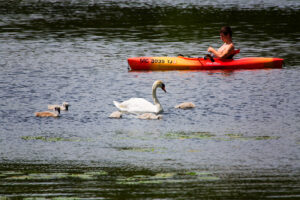
Take a paddle down the Hamlin Lake Canoe Trail. Venture out on the trip yourself, or join a guided trip lead by Dune Grass Concessions.
| Cookie | Duration | Description |
|---|---|---|
| cookielawinfo-checkbox-advertisement | 1 year | Set by the GDPR Cookie Consent plugin, this cookie records the user consent for the cookies in the "Advertisement" category. |
| cookielawinfo-checkbox-analytics | 1 year | Set by the GDPR Cookie Consent plugin, this cookie records the user consent for the cookies in the "Analytics" category. |
| cookielawinfo-checkbox-functional | 1 year | The GDPR Cookie Consent plugin sets the cookie to record the user consent for the cookies in the category "Functional". |
| cookielawinfo-checkbox-necessary | 1 year | Set by the GDPR Cookie Consent plugin, this cookie records the user consent for the cookies in the "Necessary" category. |
| cookielawinfo-checkbox-others | 1 year | Set by the GDPR Cookie Consent plugin, this cookie stores user consent for cookies in the category "Others". |
| cookielawinfo-checkbox-performance | 1 year | Set by the GDPR Cookie Consent plugin, this cookie stores the user consent for cookies in the category "Performance". |
| CookieLawInfoConsent | 1 year | CookieYes sets this cookie to record the default button state of the corresponding category and the status of CCPA. It works only in coordination with the primary cookie. |
| elementor | never | The website's WordPress theme uses this cookie. It allows the website owner to implement or change the website's content in real-time. |
| rc::a | never | This cookie is set by the Google recaptcha service to identify bots to protect the website against malicious spam attacks. |
| rc::c | session | This cookie is set by the Google recaptcha service to identify bots to protect the website against malicious spam attacks. |
| viewed_cookie_policy | 1 year | The GDPR Cookie Consent plugin sets the cookie to store whether or not the user has consented to use cookies. It does not store any personal data. |
| Cookie | Duration | Description |
|---|---|---|
| _ga | 1 year 1 month 4 days | Google Analytics sets this cookie to calculate visitor, session and campaign data and track site usage for the site's analytics report. The cookie stores information anonymously and assigns a randomly generated number to recognise unique visitors. |
| _ga_* | 1 year 1 month 4 days | Google Analytics sets this cookie to store and count page views. |
| _gat_UA-* | 1 minute | Google Analytics sets this cookie for user behaviour tracking.n |
| _gid | 1 day | Google Analytics sets this cookie to store information on how visitors use a website while also creating an analytics report of the website's performance. Some of the collected data includes the number of visitors, their source, and the pages they visit anonymously. |